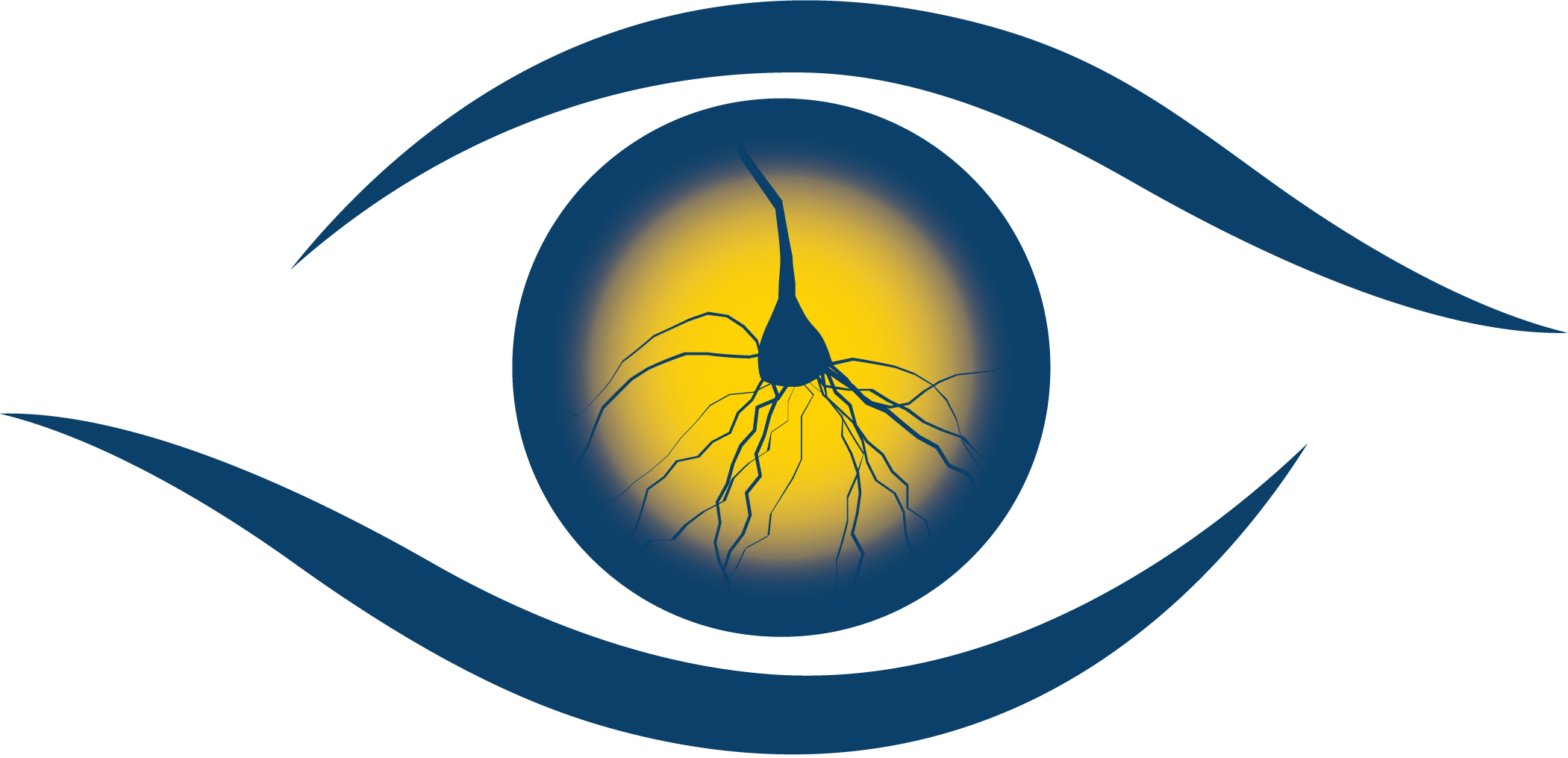Eye Movements and Motion Perception
9th Symposium: May 29-31, 1975
Visual Perception of Motion
Chair: Allan Pantle
Herschel W. Leibowitz & Chris A. Johnson, Pennsylvania State University
Two systems for the perception of movement
A. Clymer & Leonard Matin, Columbia University
Perception of velocity during movement aftereffect: Requirements for a multiple-channels model
Robert Sekuler, Northwestern University
Analysis and synthesis in motion perception
Stuart Anstis, Bristol University, England
Phi movement, and induced movement
Robert C. Emerson, University of Rochester
Response of cortical movement analyzers to movement and sequences of flashes
John R. Tuttle, University of Rochester
Motion detection in the retina
Perception of a Stable World
Chair: Ralph Haber
Adriana Fiorentini & Lamberto Maffei, CNR, Italy
Perception of tilt and neural correlates
Andrew E. Kertesz, Northwestern University
The central component of cyclofusional response
Leonard Matin, Columbia University
Stabilization of visual direction during saccades and pursuit movement
Richard Held, Massachusetts Institute of Technology
Effects of visual fields rotating around the line of sight
Johannes Dichgans, University of Freiburg, West Germany
Rotation of visual fields and observers around a vertical axis: Circular vection
Lawrence R. Young, Massachusetts Institute of Technology
Linear vection and circular vection: Dynamic characteristics and vestibular constraints
Pontine Oculomotor Mechanisms
Chair: D. A. Robinson
Ann Graybiel, Massachusetts Institute of Technology
Anatomical pathways in the brain stem oculomotor system
Robert Baker, University of Iowa
The electrophysiology of vestibulo-ocular connections in the cat
Albert Fuchs, University of Washington
The behavior of vestibular nucleus neurons during voluntary eye movement and adequate canal stimulation
Steve Highstein, C.R.S. Kaneko, A. Steinaker, B. Cohen, Albert Einstein College of Medicine
Synaptic linkage of reticulo-oculomotor pathways in the cat
Edward Keller, University of California, Berkeley
Comparison of vestibular and reticular unit activity in alert monkey
Jordan Pola, New York State College of Optometry
Eye movement and vestibular activity of MLF fibers in the alert monkey
Cerebellar Regulation of Eye Movements
Chair: Peter Schiller
G. Melvill Jones, McGill University
Optimization in the control of eye movements
David A. Robinson, Johns Hopkins University
Gain control of the vestibulo-ocular reflex by the cerebellum of the cat
Masao Ito, University of Tokyo
Short-term and long-term control of the vestibulo-ocular reflex by the cerebellum in the rabbit
Rodolfo Llinas, K. Epstein, & D. Hillman, University of Iowa
The role of the inferior olive in motor reorganization
L. Ritchie, Massachusetts Institute of Technology, The effects of cerebellar lesions on saccadic eye movements
F. A. Miles, National Institutes of Health
The primate flocculus and smooth pursuit eye movements
Visual-Vestibular Interactions
Chair: J.L. Brown
S. Lisberger, University of Washington
Role of the flocculus in short-term modification of the vestibulo-ocular reflex
Volker Henn, University of Zurich
Influence of moving visual stimuli on vestibular neurons
Bernard Cohen, Mt. Sinai Medical School
The influence of cerebellar and vestibular lesions on vestibular and optokinetic nystagmus
Han Collewijn, Erasmus University
Optokinetic (after) nystagmus, labyrinthectomy, and oculomotor models in the rabbit
M. Jeannerod & A. Berthoz, Laboratory of Experimental Neuropsychology
The development of the vestibulo-ocular reflex in visually deprived cats
Alexander A. Skavenski, Northeastern University, B. J. Winterson & Robert M. Steinman, University of Maryland
The Minivor--a natural means of stabilizing retinal image motion--how good is it?
Stephen S. Easter, University of Michigan
Visual-vestibular interactions in control of eye movements in fish
Organizing Committee:
Leonard Matin
David A. Robinson
John Lott Brown



